Using Small Signs To Encourage Student Participation In A Virtual Classroom
At the most basic level, these could be thumbs up/thumbs sideways/thumbs down. They could also be question marks and exclamation points.
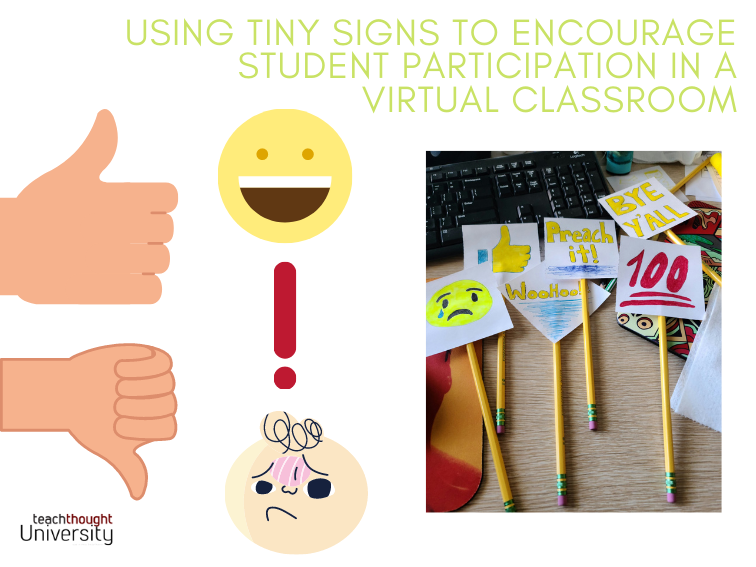
At the most basic level, these could be thumbs up/thumbs sideways/thumbs down. They could also be question marks and exclamation points.
Whether students are working on a laptop or desktop, it’s important to have a designated space for learning for them to complete schoolwork.
Social media has emerged as a kind of standard for connecting with and staying in touch with friends, family, coaches, and more.
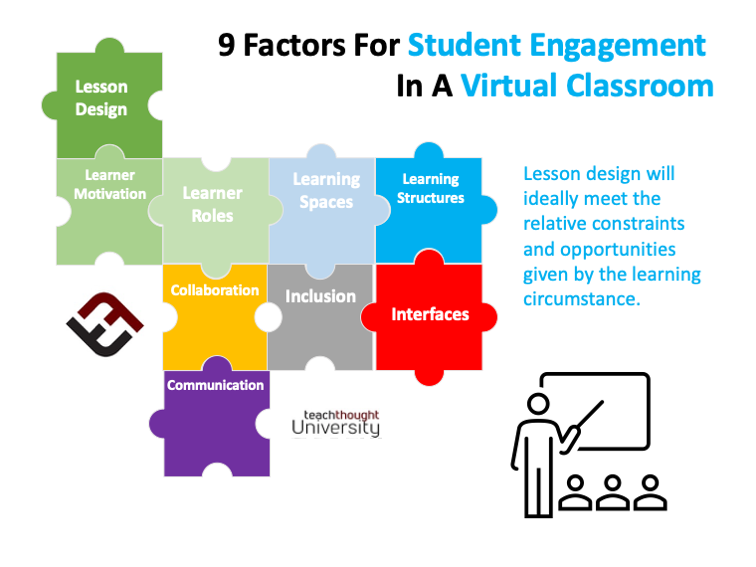
Principles of student engagement in a virtual classroom include learning spaces, lesson design, and equitable access.
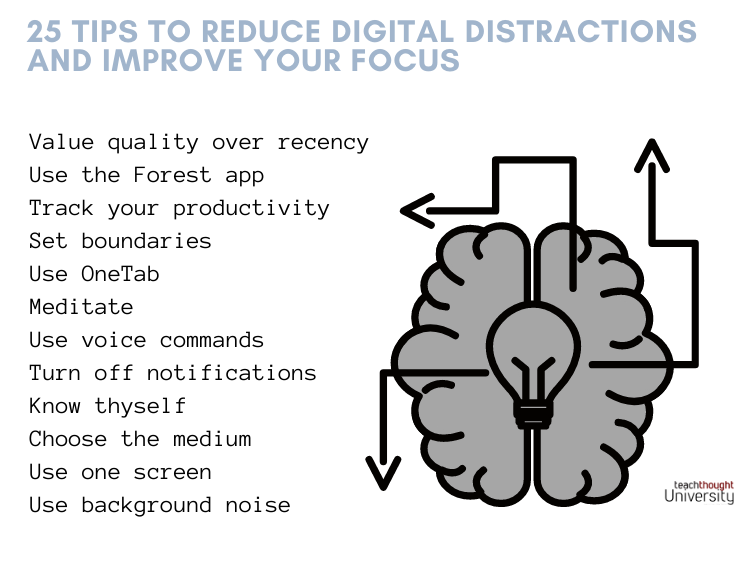
Most of us are constantly being bombarded by digital distractions. The good news is that we can keep them from hindering our concentration.
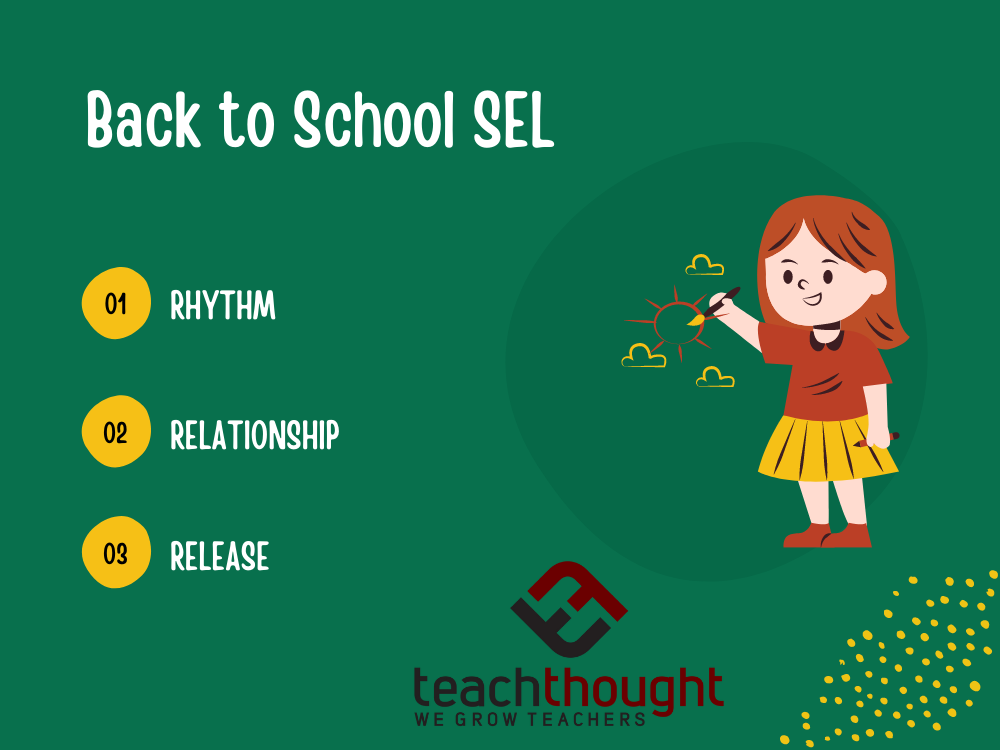
Consistent routines, rituals, and structures help children feel safe. Here are three strategies for promoting back to school SEL.
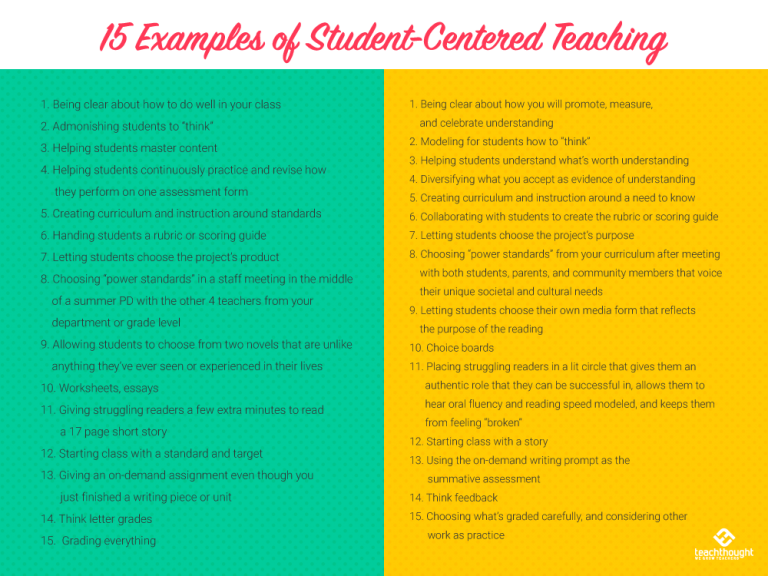
Student-centered teaching is simply the process of teaching with student needs ‘first.’ Here are 15 examples of student-centered teaching.

If for some reason you don’t already find teaching challenging enough, here are 50 (more) ways to challenge yourself as a teacher.
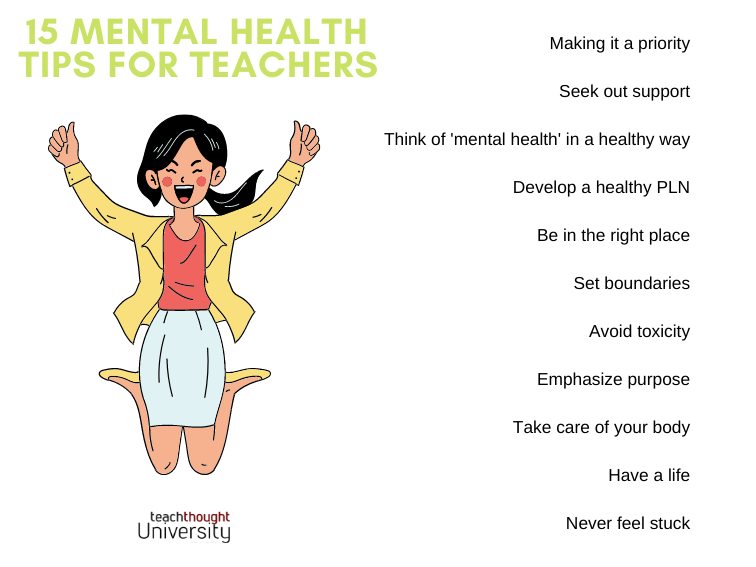
One mental health tip for teachers? As much as possible, set clear boundaries between school and home life.
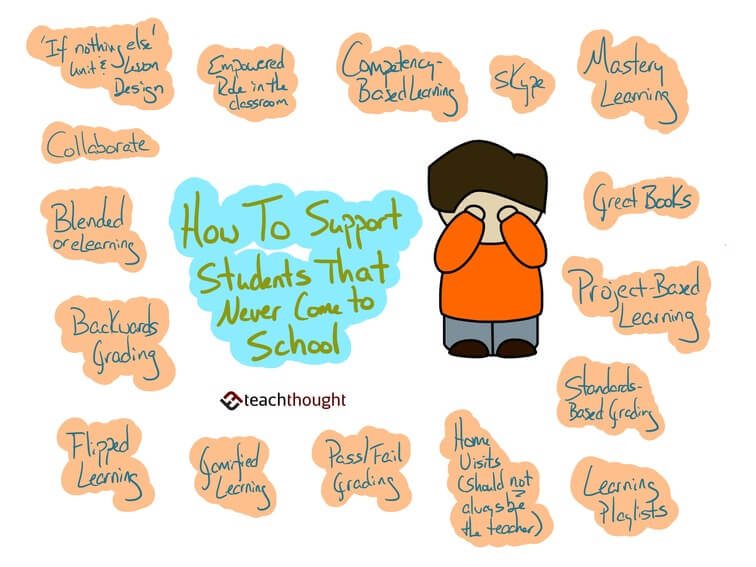
How can you help students who don’t come to school? With a few shifts in thinking, while a challenge, there are ways to help truant students.

Consider including social-emotional learning strategies in your routines and practices for students for effective online teaching.
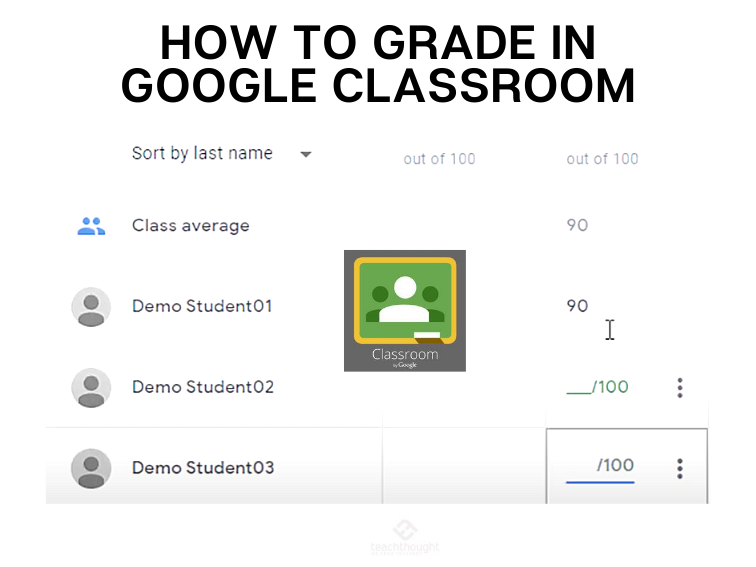
In Google Classroom, you can give a numeric grade, leave comment-only feedback, or do both. You can also return assignments without grades.
End of content
End of content